After years of following the PMBOK and delivering projects using traditional project management methods (waterfall) your organization has decided to try out scrum. What are you in for and how much is it going to hurt?
[featured-image single_newwindow=”false” alt=”Business Man |Flicker” title=”Business Man |Flicker”]Business Man |Flicker[/featured-image]
The short answer is: a lot.
I once attended a one day workshop on scrum led by Ken Schwaber and a few other instructors as part of a Microsoft ALM conference. It was a great experience that made an impression on me.
Towards the end of the day, I asked one of the instructors which role a project manager should ideally transition to during an agile adoption. Many in the room were expecting to hear an answer of scrum master or maybe even product owner.
Instead he replied, “Perhaps a project manager could test code…but even that’s unlikely.”
I was not surprised.
Having lived through the change from project manager to scrum master I understood the answer. Look, I know this is not what people want to hear, but it is very difficult to make the switch from a traditional project manager to a scrum master.
I’ve written about my struggles with giving up the command and control mindset. The pitfalls during this type of transition are many and you – as a newly minted scrum master – are giving up many of the tools and techniques that brought you success in the past.
In fact, I think it’s abusive to force traditional – PMP certified – project managers become scrum masters. The skills and mindsets are wildly different between the two roles.
For those willing take the leap and learn something new, I’ve come up with 3 thoughts to help you along when things get tricky:
- Servant leadership is all about enabling autonomy: As a scrum master your highest goal is to foster a self-directing team. You are empowering people to make decisions about how their work gets done and thereby am creating the conditions necessary for people to do their best work. Daniel Pink’s “Drive” is a great place to start to learn more about this concept.
- Promote the whole team concept whenever possible: The last thing you want to do as a scrum master is single someone out on the team. Your goal is to instill the mentality of “we are all in this together” whenever possible. Protect the team from outside influences and help them all row in the same direction.
- When in doubt, ASK THE TEAM: You are no longer the smartest person in the room. Actually, you never were. Sorry. The team is smarter than any one person and is capable of figuring out incredibly complex things together. Not sure what to do next? Ask the team AND wait for an answer. Someone will eventually speak and a great conversation could follow.
Clearly, command and control is out the window. Scrum masters do not dictate how much work the team does. They also do not have direct authority over the scrum team members. But these are the tendencies that traditional project managers will have to fight against as they learn how to be a scrum master.
We learn scrum iteratively. My bonus tip is to practice introspection. After a difficult team meeting or a situation that you feel you could have handled better, take the time to think about how you will change things for next time. Becoming aware of your tendencies and behaviors is the only way to correct them and move forward.
A book to help you become a great scrum master is Geoff Watts book, Scrum Mastery: From Good to Great Servant Leadership. This is the guide to getting in to the mind of scrum master. My copy has copious notes and quite a few highlighter marks. Highly recommended!
[reminder]What was your experience like when you made the move to Agile? Do you have a tip that you would like to share below?[/reminder]
